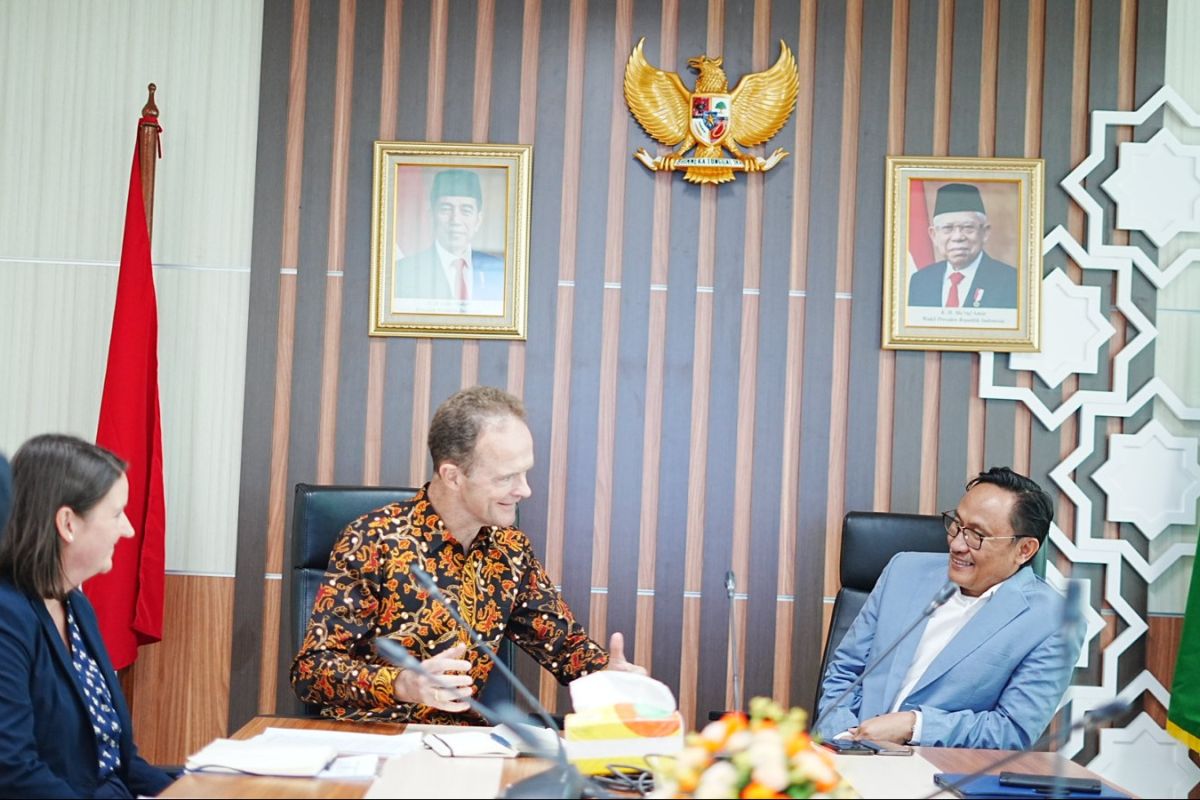The internet may have changed the way we watch but TV is flourishing – and fuelling social network conversations
In November 2006, John Biggs posted an article on the TechCrunch website titled “Let’s Just Declare TV Dead and Move On”. He wasn’t alone in seeing the future that way. Across the television industry, an argument was then getting started that is only now running out of steam. Its cardinal principles were stark: scheduled linear television over; on demand will replace it in a couple of years; all television will be delivered via the internet; and the capacity to interact with it will trigger an ineluctable change in the character of television programmes themselves.
In fact, since 2006 the amount of television viewed by an average UK citizen has risen every year. Between May 2010 and May 2011 that rise was 6%, taking daily consumption to more than four hours per day. And despite everything else – iPlayer, YouTube, personal video recorders (PVRs), Facebook, tablets, you name it – 90% of that total is being done on conventionally scheduled television channels. In the UK at least, conventional television has proved extraordinarily resilient. It remains, in Deloitte’s words, a “super medium”.
So what has changed in the last five years? In a nutshell, the way we watch. The thing the doom-mongers got most thoroughly wrong was their conviction that interaction would change the structure and character of television programmes. Now I believe the creative potential for a new kind of television deriving from an interaction between synced linear and nonlinear streams is immense. But we’re only just beginning to explore those possibilities.
What television professionals are learning to live with is a landscape where “another chance to see” is not just a disguise for a jaded repeat. These days the scheduled first transmission of a programme has been joined by countless extra manifestations – the narrative repeat, the portfolio repeat, the same-night PVR viewing, subsequent nights’ PVR viewing and iPlayer, to name only some. These are the ways new technology is reshaping how we watch.
A new world demands new metrics, so at the BBC we’ve introduced something called Live Plus 7. This captures how many people, using all these platforms, will have watched a single television show over a seven-day period post first transmission. It’s revealed some striking data. In the last week of July 2011, BBC1’s Question of Sport picked up 2.8 million viewers on its origination date. That rose to 5.4 million after seven days. Where Torchwood’s first showing pulled in 4.2 million, the audience was up to 6.3 million seven days later. Overnight audience data tells compelling stories about the competitiveness of our programmes and scheduling on the night, but less and less about their overall audience value.
Such examples reveal another truth – television is getting harder to generalise about. Though iPlayer accounts for only 1.6% of total BBC TV consumption, there are shows which pick up way more of their total audience online – Russell Howard’s Good News on BBC3, for example, has 16% of its audience supplied by iPlayer. Timeshifting, too, varies from genre to genre. Compared with the average of 10% of overall BBC viewing timeshifted, BBC drama saw 26% timeshifting in May 2011. Some programmes just demand to be seen.
New ways of watching television force executives like me to measure the reception of what we produce with increasing subtlety. But they’re nowhere near persuading us that what we produce needs a fundamental change in nature. Indeed, growing evidence about the relationship between linear television and social networks compounds my conviction that television retains its ability to lay golden eggs.
During this year’s The Apprentice the BBC saw some remarkable new-media data. The programme’s website recorded over half a million hits in the first week; across the series there were over 15m views of the show online; and on the day of the final episode, Twitter recorded more than 150,000 separate mentions. We’re discovering that TV generates and amplifies complementary activity online and on social media.
Deloitte’s survey for the MGEITF shows that viewing on iPads and other handheld screens is probably additional to core main television set viewing. And social network users’ appetite for discussing programmes – EastEnders has 2.3 million Facebook fans, Being Human has 330,000, Springwatch 220,000 – should remind us that social networks are a way to have a conversation. They are not the conversation itself.
It seems television continues to provide content that demands to be talked about. So ahead of Eric Schmidt’s MacTaggart lecture, I wonder whether the issue he needs to tackle are the prospects for a future of symbiosis between new media and old – rather than the prophecies of conflict and retreat for television made in the past.
Source: http://www.guardian.co.uk/media/organgrinder/2011/aug/21/new-media-tv-mutual-benefits
George Entwistle is director of BBC Vision



